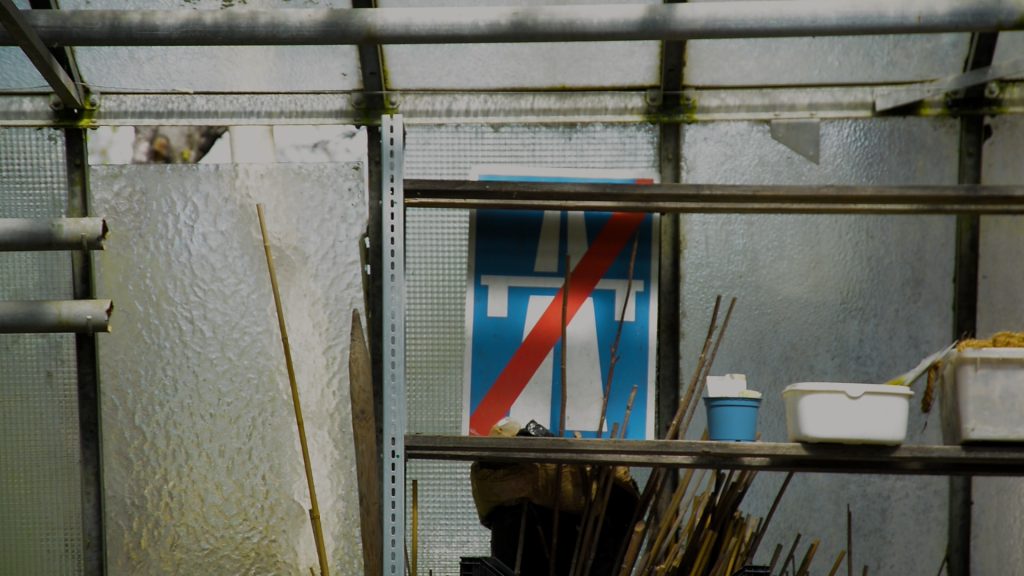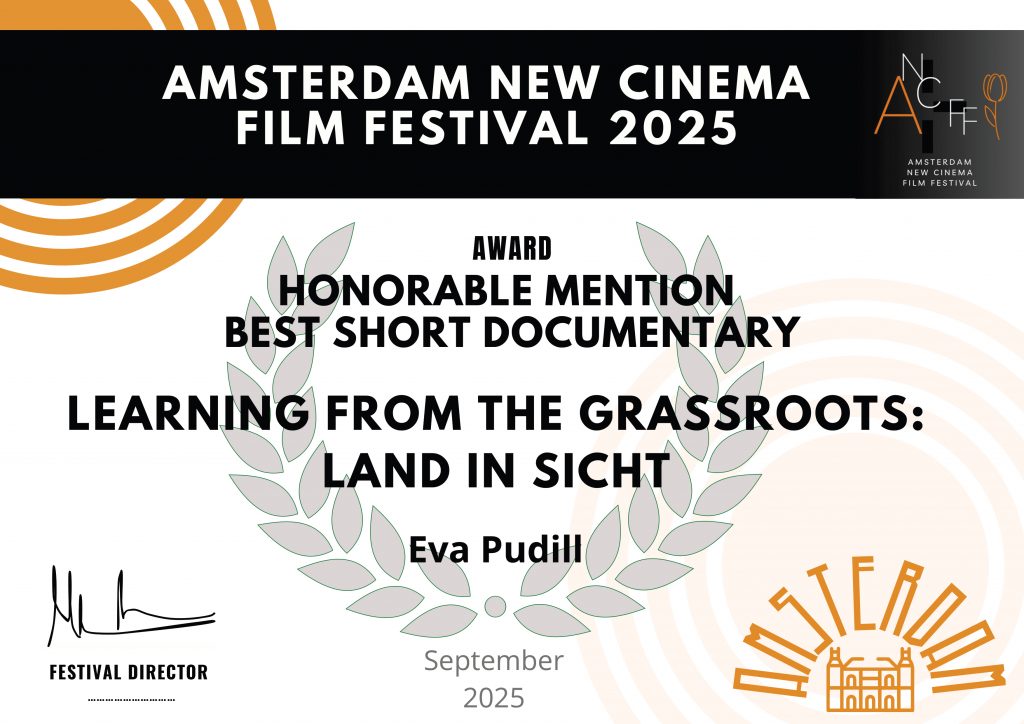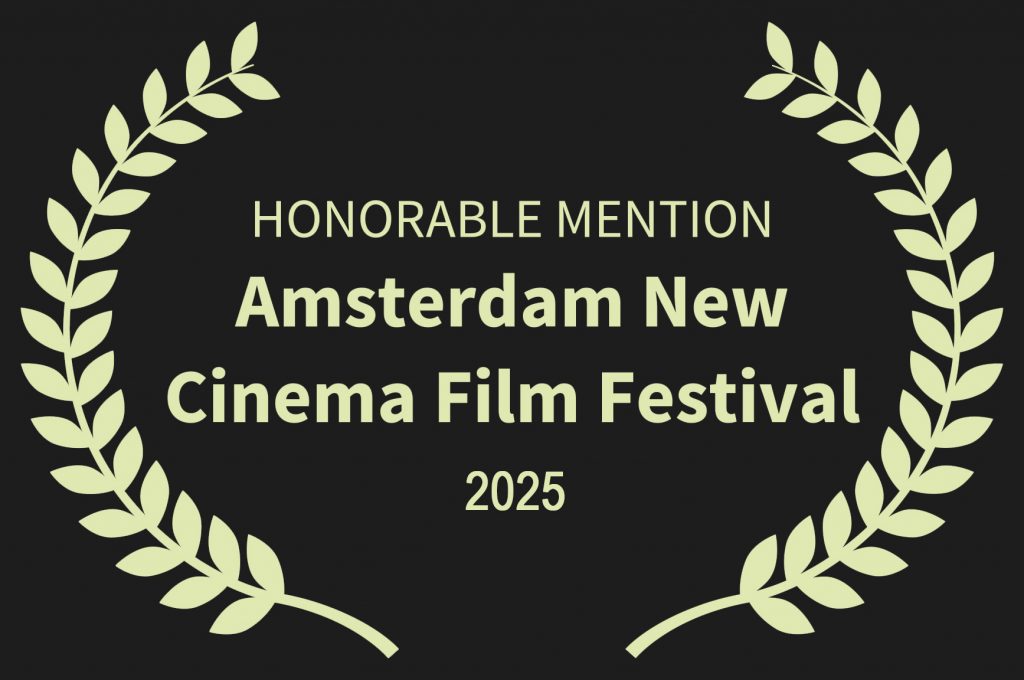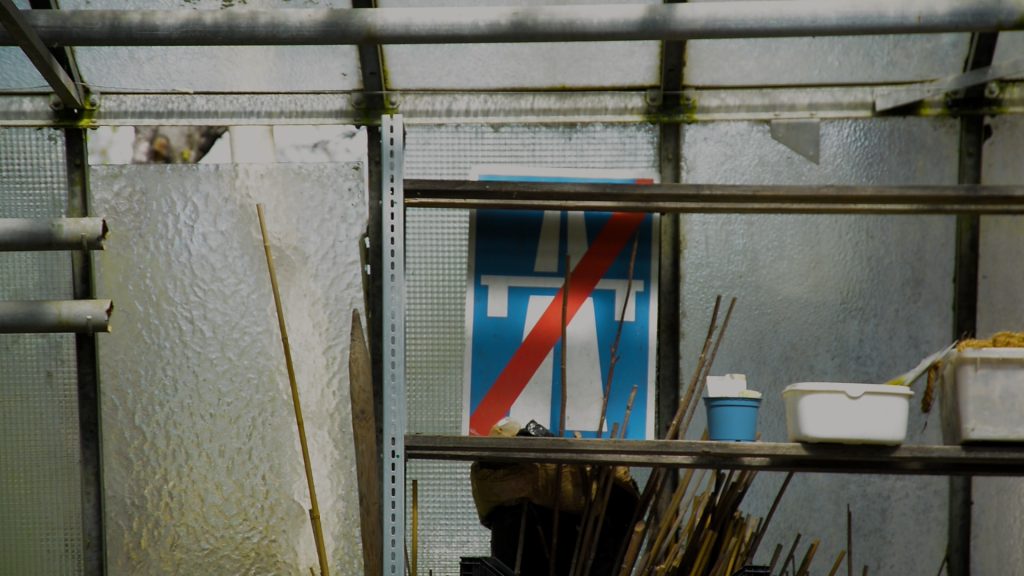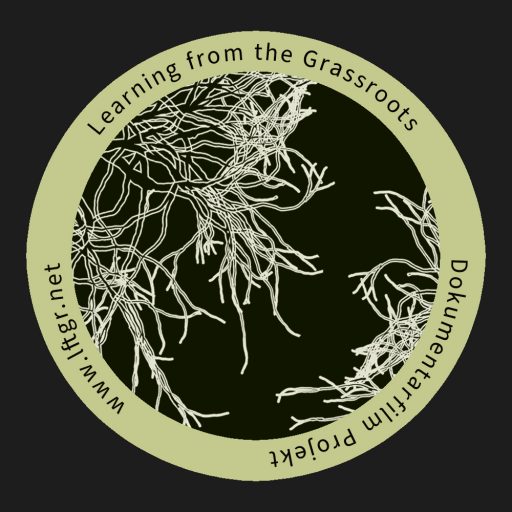„Learning from the Grassroots“ uses multi-perspective cinematic storytelling to document collective action. Our mission is to explore new narrative forms that engage protagonists more deeply in creating their own stories.
This approach presents creative and ethical challenges. Collective processes unite diverse perspectives, personalities and motivations. Representing this richness without overwhelming the audience requires a carefully composed narrative that provides structure while allowing for openness and complexity.
The art of multi-perspective storytelling
Stories are typically narrated from the perspective of one individual, shaped by their experiences, beliefs and worldview. However, when multiple voices come together, the narrative structure changes fundamentally. The dramaturgical challenge lies in interweaving these perspectives in a way that maintains comprehensibility while establishing tension and emotional depth.
This challenge requires not only careful selection of the narrative strands, but also the ability to shape the complex dialogue between different perspectives and experiences. Each voice brings with it a unique truth that must be acknowledged. The art lies in combining these truths into a coherent whole without the individual voices losing their authenticity.
Multi-perspective storytelling challenges viewers not only to understand the perspectives of the characters in each narrative strand but also the complex relationships between their experiences and motivations. The result is a dynamic narrative style that reflects the diversity of collective action while revealing the deeper meaning behind the individual voices.
Storytelling as a shared endeavor
When it comes to identifying shared concerns and translating them into a political narrative, it is crucial that all participants can support this narrative. We therefore do not view our protagonists as passive interviewees, but as co-authors. Their decisions regarding topics, perspectives and filming locations actively influence the design of the cinematic narrative, turning the narrating process itself into a collaborative endeavor.
For multi-perspective storytelling to succeed, balance is needed: no one should speak for others – and yet the different narrative strands must relate to each other. Only through interaction can a compelling, coherent story emerge. This integrative process requires not only respect for the diversity of voices, but also constant engagement with the tensions that can arise from different perspectives.
Every decision, whether choosing a topic or perspective on an event, is made in consultation with the protagonists of the respective narrative strand. This collaborative approach fosters a collective vision that transcends individual perspectives. The product is not just a story, but a polyphonic mosaic that reflects the complexity of the real world.
Ultimately, the multi-perspective narrative goes beyond a mere documentation of the protagonists‘ actions. It encourages viewers to actively engage with the issues addressed and to empathize with the protagonists‘ perspectives to grasp them in all their depth and emotional complexity.
Connective thinking, collaborative creation
„Learning from the Grassroots“ is developed in close collaboration with civil society networks, researchers, and activists. Through this dialogue, we aim to deepen our understanding of collective processes and demonstrate how local initiatives are connected to global issues of justice, food-sovereignty, and sustainability.
This exchange is not only a creative act, but also a political one. It involves adopting perspectives and experiences from the grassroots level, connecting them with each other, and thus creating new insights that extend beyond the local context.
We view multi-perspective storytelling as a tool for reflection and dialogue, as well as a means of documentation. Our films aim to open up spaces for thought. They educate the audience and encourage them to think beyond existing narratives. They invite viewers to consider alternative forms of coexistence, cooperation and political action that are in harmony with the needs of the Earth and the community.
Our work is more than just an artistic contribution: it is an active part of a growing movement that is developing new narratives for social-ecological transformation. By facilitating discussion between various social groups, we aim to promote a greater understanding of how change can occur at all levels, from local communities to global structures.
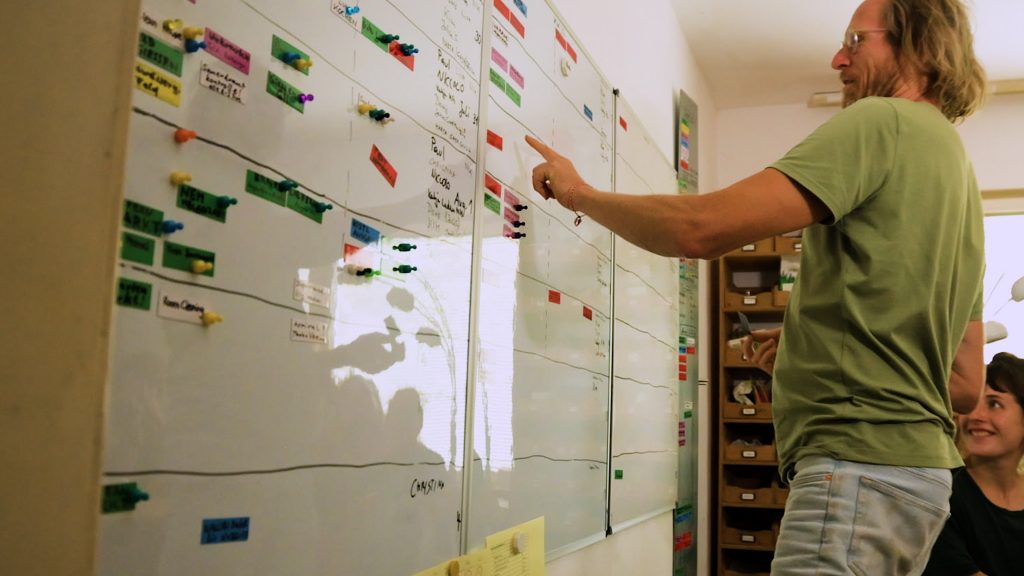
Involvement in all stages of production
While the film team ultimately retains responsibility for the final narrative design, the protagonists participate in several key stages of the film-making process.
1. Conceptualization: Collaborative brainstorming sessions gather initial ideas and reflections. Participants identify key themes and perspectives they want the film to explore.
2. Mapping: A visual map is created to represent the relationships between individuals, organizations, associations or companies involved, as well as thematic connections between them.
3. Narrative Development: Once a draft dramaturgical concept emerges, it is shared and discussed with the group. Feedback is gathered and integrated.
4. Production and Post-production: As filming and editing progresses, different versions of the narrative strands are made available to the participants. They can raise objections if their perspectives are misrepresented or overlooked.
A password-protected discussion forum will be open to stakeholders for all these steps of participation – lftgr.net/buendnisse
Our core question:
How can we design the narrative process so that participants feel truly involved and accurately represented in the political story being told?
Negotiated images, shared meanings
Our goal is to establish a collaborative and non-hierarchical relationship between filmmakers and protagonists. We strive for joint interpretive authority, ensuring that the finished film is not only about the people portrayed, but is also created with their active participation. This collaborative process turns the narrative into a space for negotiating images, meanings and representation — a space in which different perspectives coexist and enter into dialogue with one another.
This process is an aesthetic and political act that questions the power relations in filmmaking. Who determines how the story is told? Who controls the image and the meanings it conveys? By focusing on these questions, we contribute to a more inclusive and decentralized form of storytelling, giving protagonists the opportunity to shape their own narratives and represent themselves.
The way we tell stories, the meanings we emphasize and the way we construct certain images and symbols directly impact our understanding of identity, power and belonging. Multi-perspective storytelling creates space for a new form of social and political practice, shaped by the people represented in the stories.
„It is through narrative […] that political thinking is actually realized. Through the narrated action that constitutes narrative, man relates to life or belongs to life, insofar as human life is inevitably political life. Narrative is the first dimension in which a human being lives, through Bios and not through Zoé, a political life and/or a life transmitted to other human beings.“
Julia Kristeva, Die Banalität des Bösen, in: Politik und Verantwortung. Zur Aktualität von Hannah Arendt, p. 131 (Julia Kristeva, The Banality of the Evil in: Politics and Responsibility. On the Actuality of Hannah Arendt, cited from the German Edition).

